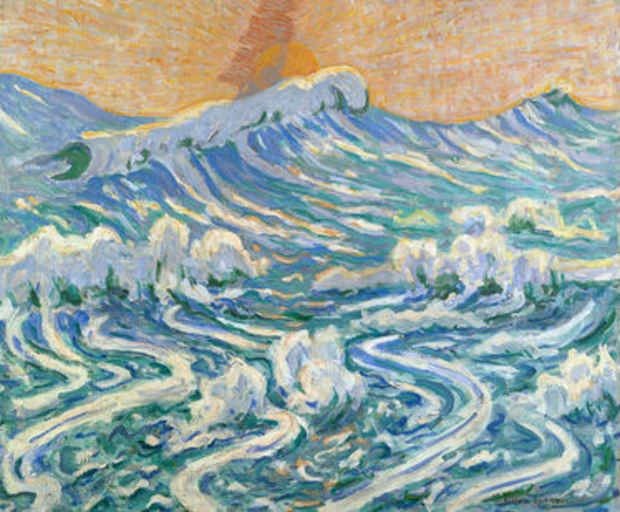Allen Tucker "The Force of Emotion: A Post-Impressionist Rediscovered"
Spanierman Gallery

This event has ended.
An artist of prominence in New York from the mid-1910s through the 1930s, Allen Tucker elicited inordinate respect from his peers for his integrity and broad-mindedness as well as for the creative versatility of his art, which critic Virgil Barker commended in 1928 for its “robust plentitude.” Including oils, and several watercolors, this exhibition showcases the variety and individuality of Tucker’s art, placing him within the unfolding of modernism in this country. Born in Brooklyn, Tucker studied architecture at Columbia University. In 1895, after working as a draftsman under Richard Morris Hunt, Tucker began his own architectural firm, with Alexis Reed McIlvane. About the same time, he also pursued his passion for art, studying at the Art Students League, where his mentor was John Twachtman. After McIlvane’s death in 1904, Tucker left architecture behind for painting. Spending summers abroad, mostly in France, he fraternized with other American artists, including Robert Henri, whose portrait he painted in the Brittany town of Concarneau. In 1908 he was among the first artists to show at the Whitney Studio Club, exhibiting with George Bellows, Jo Davidson, Henri, Ernest Lawson, and others. He played a significant role in the organization of the Armory Show of 1913, taking part in planning meetings and heading the Catalogue Committee. After the show, he was included in exhibitions at Montross Gallery, one of the first American galleries to respond positively to the new and innovative art. His first solo exhibitions were both in 1914, at Montross and the Memorial Art Gallery, Rochester. Tucker also served as unpaid advisor to Juliana Force, the curator of the Whitney Studio Club, the precursor to the Whitney Museum of American Art. When a memorial show of Tucker’s work was held at the Whitney in 1939, Force recalled Tucker as a man “whose faultless taste in art and inexhaustible sympathy with the problems of his fellow artists led to an association of many years, wherein his wisdom and understanding were of the greatest value in the development of those ideas which resulted in the formation of this museum.” Tucker was described similarly by his champion, Forbes Watson, art critic for the New York Evening Post and the New York World. Writing several articles and a book on Tucker, Watson unfailingly supported Tucker as an artist who fearlessly sought just the right means to express his personal and emotional responses to his subjects. This is borne out in both the diversity of Tucker’s subject matter and his willingness to change his stylistic handling from one work to the next. His admiration for the art of van Gogh, which led to his reputation as “the Vincent of America,” can be seen both in the rhythmic directness of his brushwork and in the way that his feelings drove his expression.
[Image: Allen Tucker "The Flying Dutchman" (1932) oil on canvas 30 x 36 in.]
Media
Schedule
from February 25, 2010 to March 27, 2010